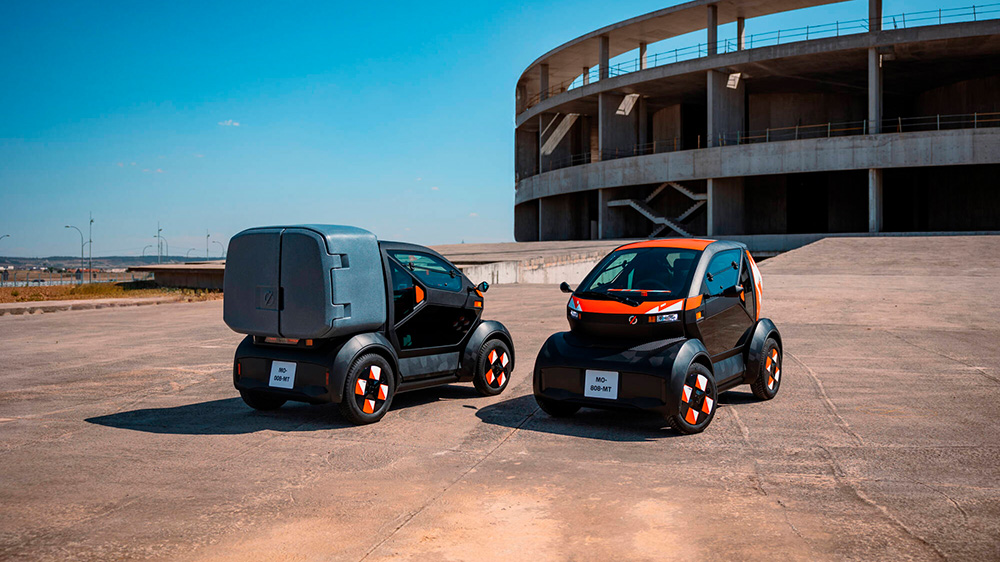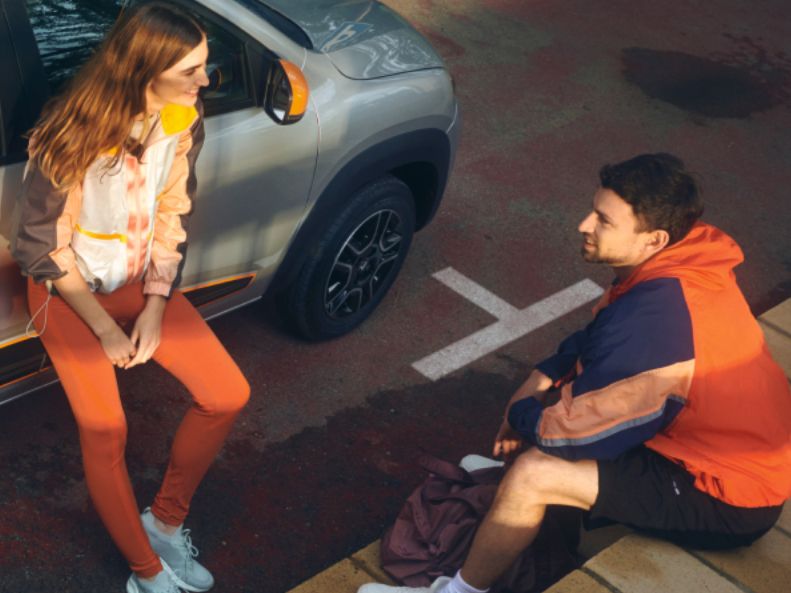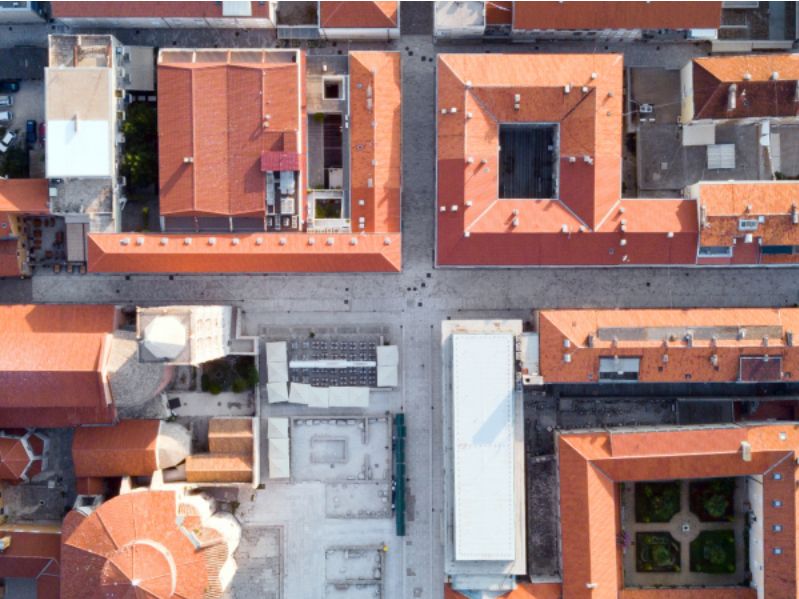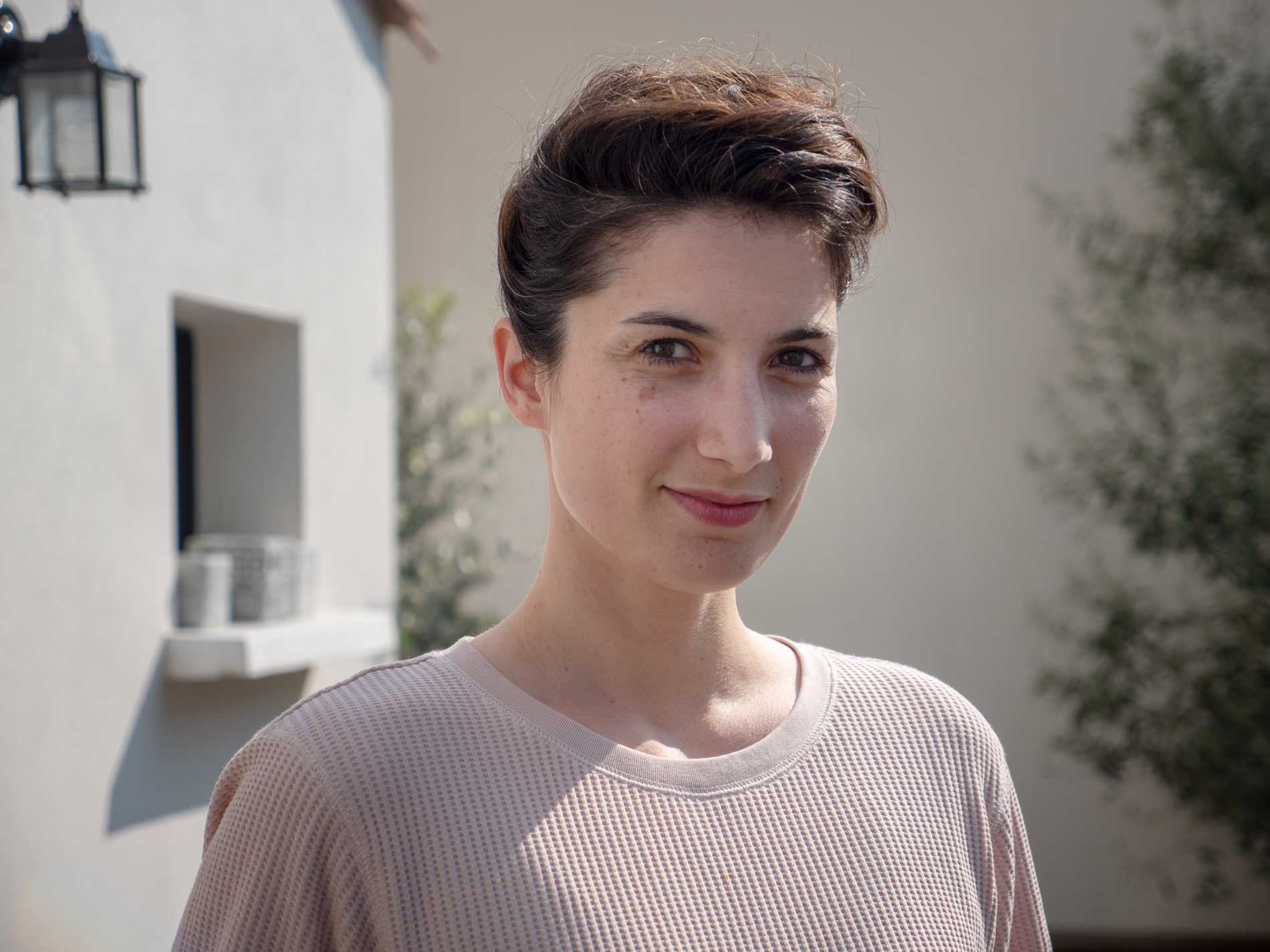To what areas does ‘design fiction’ apply in your work?
I try to articulate the scientific and the rational—almost like prospective studies—through things that are based more on intuition and paying attention to little hints of things to come: behaviours that may seem a bit strange in the present, but that hint at the future and that can fleshed out into a prospective scenario. To bring this material or vision to life, we tend to turn to slightly more artistic formats; that’s why you’ve got the term ‘design’ in ‘design fiction.’ Role play, art exhibits, magazine posters, fiction writing… the idea is to articulate things that until now, have never been articulated. Humans don’t change fundamentally; it’s the environment that evolves, and in this respect, the behavioural dimension is very important.
How do you choose between possibility and pure speculation?
That depends on the subject we want to address, as well as the audience, bearing in mind that the goal is to get you to experience something that will end up resonating with you. For certain audiences, an overly-speculative scenario just won’t work. In my work, I tend to gravitate towards things that are probable. I like to anchor my work in prospective scenarios that are more tried-and-tested.
What’s interesting is the ability to articulate things that we’ll experience in the long term through what can be done concretely.
Speculative work can be good for opening up minds, but it’s hard to tie it back to daily life, or even more so, for example, to a company’s road map. By basing things on what’s probable, it’s easier to envision something more realistic that may actually happen, and if you can take that seriously, you can be better prepared to face it.
What mobility-related ideas do you find most interesting?
There’s one subject in mobility that I find highly interesting, which is somewhat overdone and yet not completely resolved: automation systems. I think there’s still much more to be imagined in that area. I think that’s how technology works. But what about our practices? Another subject is mobility’s place in cities. The point of design fiction is to try and understand how we place a given practice within its context and within society at large. In designing urban mobility, these two things overlap, and there are many things we’ll need to invent that address how people live in urban settings—so, around how we get around.
Will future areas of exploration be more focused on mobility practices than on technology?
All our ways of living in relation to transport use are being turned so upside-down that the real vehicle of change may be humans rather than technology. The ways that people want to get around is becoming a big trend. It’s interesting to think that perhaps sociology has as much of a place in this question as technology does. Understanding people’s needs and desires is just as crucial as the development of new technologies.
How might climate change impact our ideas around mobility?
Climate change is now something that shapes almost all future scenarios: we can’t push it aside. I do a lot of work on what’s known as ‘low tech’, which I believe is going to be a long-term trend. What’s striking is that when you dig deeper into ideas around mobility, you have this diverse variety of responses to climate change that range from very low-tech to very elaborate. And depending on the sociological lens or prospective scenario you’re looking at the question through, the answer won’t be at all the same, and even the practices around mobility will be very different. If you look at mobility through the lens of climate change, there are so many ideas that come up and just as many possibilities depending on prevailing sociological forces, thus bringing us back to this very sociological dimension of mobility.
Speaking of mobility, what other interesting ‘hints of things to come’ have you been able to identify?
To me, mobility is part of a much bigger subject. I see a lot of new practices—I think of mobility as a moment that becomes about more than just getting from point A to B. Mobility might become a kind of ‘bubble’ in which we do other things… And all this could be made possible by autonomous driving systems. The idea of mobility that’s paired with ‘concentration practices’ is a very interesting area to explore.
Is the future of mobility, especially urban mobility, also about anticipating the role different regions will play in energy distribution?
In terms of energy, I don’t know if we’re going to be able to get past our sociological barriers, but I’m convinced that in the future, people will choose to live in a given place based on its political orientation. Certain cities might want to develop shared resilient energy systems; perhaps there will be as many smaller utopias and ways of living as there are cities. I definitely see how we might have decentralised energy systems in cities where that would be important, while other cities might develop more technological solutions because their populations care more about that kind of thing.
We’ll invent new ways of being, but with local particularities.
The decentralisation of energy, the ability to decarbonise energy production and to put a kind of energetic autonomy in place… that’s a probable scenario, but not necessarily in all areas.
In a scenario in which autonomous systems become democratised, what might we be able to do onboard a self-driving vehicle in the future?
Work, of course—but vehicles might also become a space for leisure. A place where you can do karaoke, play board games, video games… I imagine space for parties, real spaces for entertainment where we’d spend time together with multiple people. Like a kind of reinvented Blablacar, but without drivers and where everyone travels together at the same time to play. The journey time would serve to create or reinforce social ties. For people with very busy schedules, autonomous systems could give us some space to breathe—where you could, say, give yourself a manicure. I envision a kind of ‘wellbeing bubble’ in which you can take time for yourself. The question here is how to turn travel time into free time for things we don’t have time to do. In terms of ideas, this opens up a vast field of possibilities and innovation.
What role might virtual reality play in these vehicles? Fulfil the promise of ‘travel within travel’?
For those who work, VR might allow you to feel like you’re at the office—or at least provide a space to concentrate in that would help you ignore what’s around you. We’ll no longer be getting into cars, but into another world. Virtual reality holds very great potential.
Interview by Sarah Sabsibo, L’ADN journalist
L’ADN is the media on innovation that every day analyses the best concepts of the new economy on the web and in magazine format.
Copyrights: Brice Coustillet, Ryoji Iwata – Unsplash






